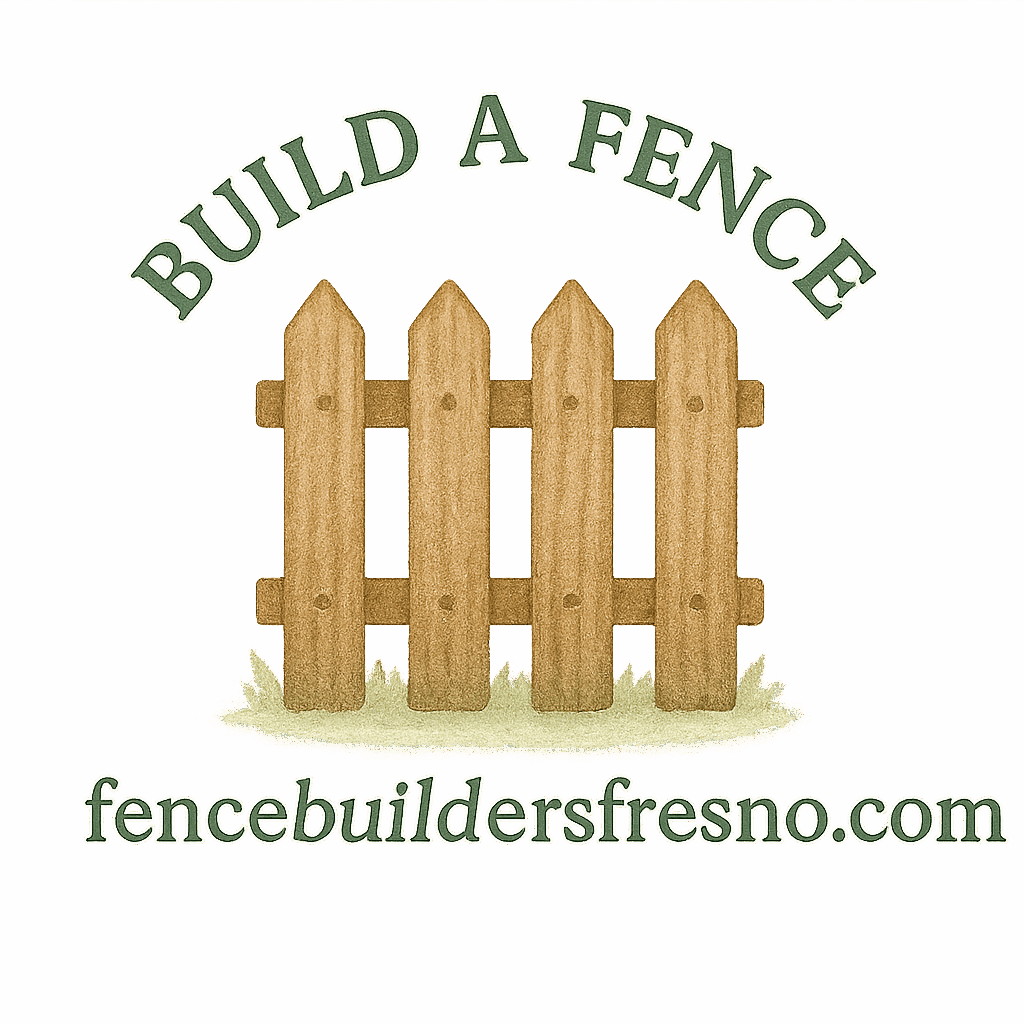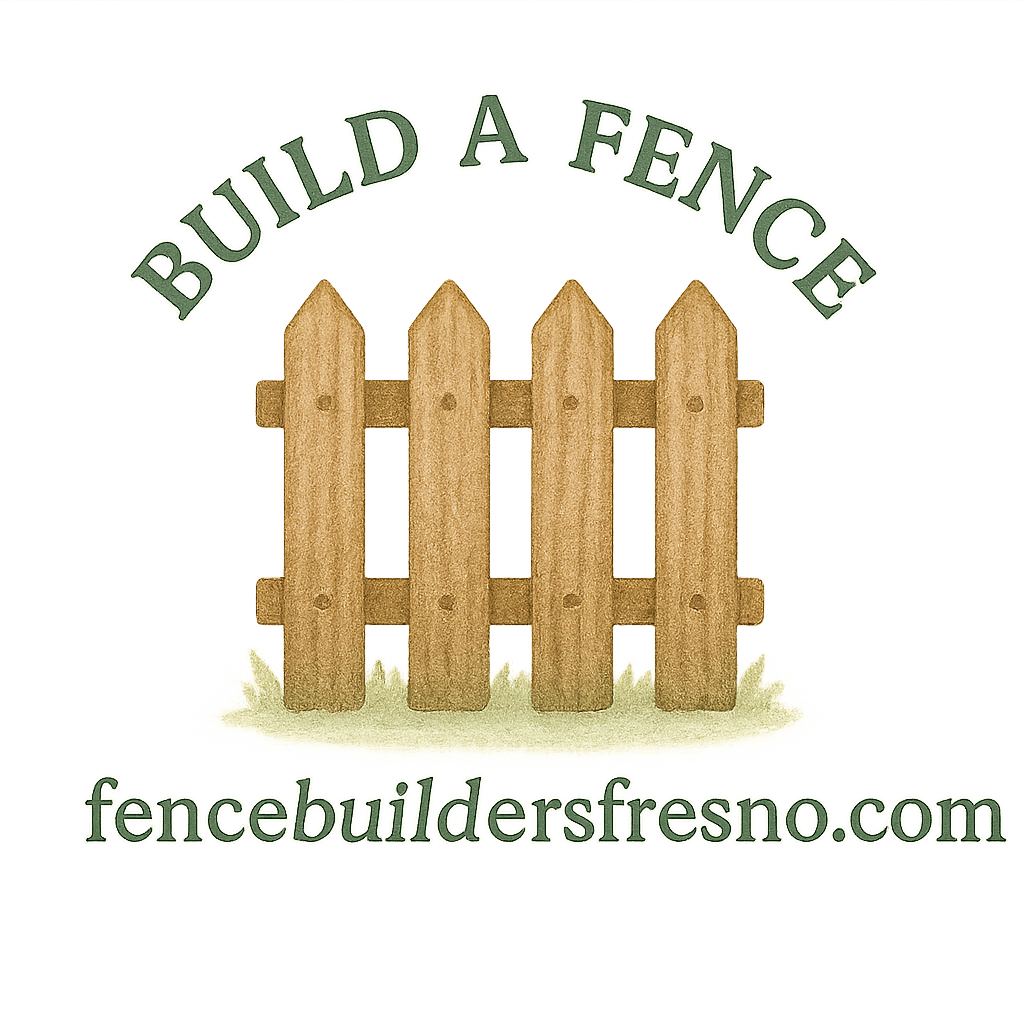Thinking of installing a fence in your neighborhood? If you’re living in an HOA-regulated community, you can’t just start digging holes. Your HOA likely has a list of rules that can affect everything from your fence’s height to its color. Here’s the inside scoop on what you absolutely need to check before your fence goes up.
Why HOA Rules Matter for Your Fence
Living in a neighborhood with a Homeowners Association (HOA) comes with perks—shared amenities, organized maintenance, and a polished community look. But it also comes with rules, especially when it comes to outdoor structures like fences.
Avoiding Costly Mistakes
Ignoring your HOA’s fence rules could lead to fines, demands to remove the fence, or worse—legal action. That’s a whole lot of hassle you don’t need.
Staying in Good Standing with Your HOA
Following your HOA’s guidelines also helps maintain good relationships with your neighbors and the association board. Plus, it keeps your property value strong—something we can all appreciate.
Rule #1: Height Restrictions
The first rule to watch for? Height limits. Believe it or not, your HOA may have strict opinions about how tall your fence can be.
Common Height Limits You’ll Encounter
Most HOAs cap fence height at 6 feet for backyard fences and 4 feet for front yard fences. Some are even stricter, especially in gated communities or areas with scenic views.
👉 Learn more about fence-building basics to get a solid understanding before you plan.
Why Height Matters in Neighborhood Aesthetics
Tall fences can block sightlines, mess with the uniform look of the neighborhood, or even violate city codes. Your HOA wants things to look consistent and safe.
Rule #2: Fence Material Guidelines
The type of material you use can make or break your HOA approval.
Approved vs. Restricted Materials
Many HOAs approve materials like wood, vinyl, wrought iron, and sometimes composite. But they might prohibit chain link, bamboo, or reclaimed materials.
If you’re aiming for low maintenance and durability, check out our guide to vinyl fences and durable fencing options.
Why HOAs Care About Fence Materials
It’s all about curb appeal and uniformity. Using the wrong material can stand out like a sore thumb—and not in a good way.
Rule #3: Fence Style & Design Requirements
Style matters—and not just to your Pinterest board.
Matching Community Standards
Your HOA may have strict rules on fence designs that align with the rest of the homes. For instance, picket fences, horizontal slats, or decorative fencing may be the only styles allowed.
Explore ideas with our fence design and planning guide.
Decorative vs. Privacy Fence Styles
Some communities only allow decorative fences in front yards and reserve privacy fences for the backyard. If you’re unsure, start with our curated list of decorative fence styles.

Rule #4: Fence Placement on Your Property
Placement rules are trickier than they seem.
Boundary Lines and Shared Property Lines
If you’re building along a shared line, you’ll need neighbor consent. Be sure to check your HOA’s stance on this. Use our boundary fence guide to get the facts straight.
Encroachment Issues and How to Avoid Them
Crossing even a few inches onto your neighbor’s land can cause major legal headaches. Don’t skip reviewing property lines and fence encroachment rules.
Rule #5: Pre-Approval Process and Permits
HOAs don’t just want you to follow the rules—they want to see your plans before you build.
Submitting a Fence Proposal to the HOA
You’ll likely need to submit a drawing, a description of materials, and maybe even photos of similar fences. Include details from your local fence installation guide.
Local Permit Compliance Tips
Your HOA approval doesn’t override city or county permits. Be sure to also review local legal property considerations.
How to Handle Fence Disputes with Your HOA
Things can get heated, especially if your fence violates unknown guidelines.
Common HOA Disagreements and Resolutions
From fence location to design violations, it’s not uncommon for disputes to happen. Bookmark this legal dispute tag to stay prepared.
Tips for Working with Your HOA Smoothly
You don’t have to butt heads with the board.
Keep Communication Clear and Respectful
The golden rule? Document everything. From emails to approval letters, keep a paper trail and stay professional.
Linking HOA Rules with Local Fence Laws
HOA rules don’t exist in a vacuum. You’ll want to connect them with broader regulations.
Legal Property Considerations
Fence laws and property rights vary by region. Aligning both HOA rules and legal standards ensures smooth sailing.
Why Hiring Fence Professionals Helps
A pro can make this whole process way easier.
Fence Builders Familiar with HOA Rules
Experts like those at Fence Builders Fresno know the ins and outs of DIY fence challenges and can speed things up while following regulations.
Navigating the Approval and Build Process
From understanding fence types to offering help with upkeep tips, pros help from start to finish.
Final Thoughts: Know Before You Build
Building a fence in an HOA neighborhood is all about doing your homework first. By checking the five key rules—height, materials, style, placement, and approvals—you’ll save yourself time, money, and drama. Pair that with a little expert help and you’re golden.
FAQs
1. Can my HOA stop me from building a fence?
Yes. If your fence doesn’t meet the HOA’s rules or you fail to get approval, they can legally halt your project.
2. What happens if I ignore my HOA’s fence rules?
You might face fines or be required to remove the fence entirely—at your own cost.
3. Is it possible to challenge my HOA’s fence regulations?
Yes, but it’s difficult. You’ll need to review the bylaws and possibly consult legal help.
4. Do HOA rules override city fence laws?
No. You must follow both. HOA rules are often stricter but cannot conflict with local laws.
5. How long does it take to get HOA approval?
Typically 1–4 weeks, depending on how often your HOA board meets.
6. Can I install a fence in my front yard in an HOA neighborhood?
Maybe. Check if your HOA allows front yard fences and what height/style is acceptable.
7. Are low-maintenance fences HOA-friendly?
Yes! Low-maintenance options like vinyl are often preferred by HOAs.


